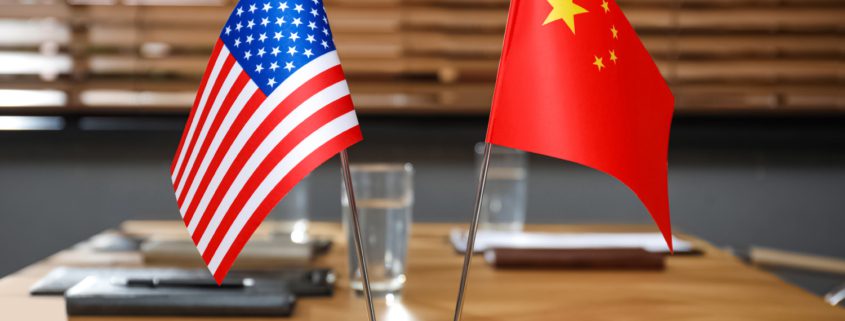U.S.–China Trade Breakthrough: What It Means for Shippers
Summary of the Deal
The U.S. and China have finalized an interim trade agreement centered on critical minerals and export policy. 🇺🇸🇨🇳 China has agreed to resume the expedited export of rare earth minerals, vital for U.S. industries ranging from aerospace to digital tech. In return, the U.S. will lift export controls on ethane, microchip design software, and jet engine components, paving the way for resumed shipments to China (reuters.com, charter97.org).
What’s Including
- USA: Removal of export restrictions on ethane, semiconductor design tools, and aircraft parts
- China: Rapid resumption of rare earth mineral shipments (used in magnets, wind turbines, EVs, medical tech)
The rare earth deal follows earlier Geneva negotiations and a £ framework set in London, pending final sign-off by Presidents Trump and Xi (reuters.com, wsj.com).
Time Frame & Broader Trade Talks
This deal comes just ahead of the July 9 deadline when previously paused reciprocal tariffs—some set as high as 50%—may be reinstated if no new agreements are reached. The U.S. is actively pursuing up to 10 similar trade deals by that deadline, including one reportedly near completion with India; no timeline has been confirmed for other countries yet (straitstimes.com, tradingview.com).
Implications for U.S. Shippers
- Reduced Input Costs for High-Tech Manufacturing: With rare earth deliveries accelerating, aerospace, defense, and electronics manufacturers can expect improved supply reliability and cost predictability for key components.
- Export Opportunities to China: Renewed access to U.S. ethane, microchip software, and jet engine parts opens new commercial avenues—especially for chemical processors, avionics firms, and semiconductor tool vendors.
- Tariff Risk Still Looms: While the China deal temporarily stabilizes trade, other partners remain under the tariff deadline cloud. Manufacturers with global sourcing or export needs must be prepared for sudden rate hikes after July 9.
- Need for Agile Logistics Planning: Companies should reassess supply chain routes, warehouse locations, and inventory positioning to take advantage of both inbound and outbound trade opportunities under shifted tariff regimes.
What You Should Do Now
- Review your supply chains for rare earth dependence and identify potential stock or supplier vulnerabilities.
- Engage proactively with U.S. export controls specialists to efficiently resume ethane, semiconductor tool, and aerospace part shipments.
- Prepare for tariff reactivation post-July 9—diversify sourcing, plan bonded imports, and secure freight capacity in advance.
- Explore Euro-American’s customs brokerage, and warehousing to maintain compliance and cost-effectiveness during this rapid policy shift.
At Euro-American Worldwide Logistics, we’re closely monitoring this and related trade developments. Whether you’re importing critical minerals or exporting sensitive technology components, our global trade compliance team and bonded warehousing solutions are equipped to keep your supply chain operational and your costs under control. Contact us today.



